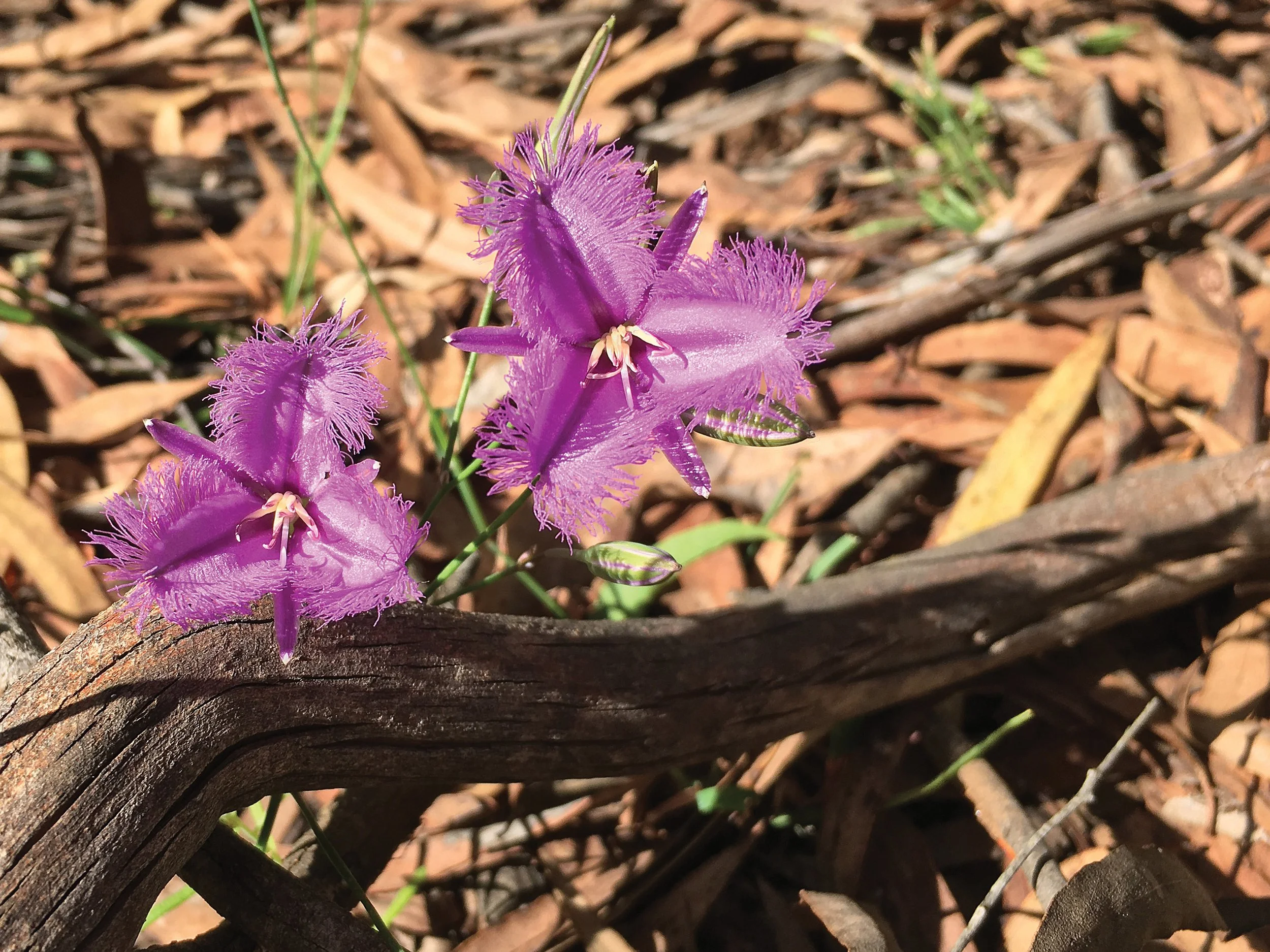Just as roadsides are a network for human movement, they are also a network for animals and birds to traverse the land.
In many places across Victoria, roadsides are the sole remaining natural refuge in an otherwise cleared landscape. They offer some of the last remaining forms of connectivity from one island of remnant trees to another.
They are often untouched fragments of pre-european Victoria and can represent eco-systems more diverse and intact than our Parks; many of which have been cleared, mined and grazed.
Unfortunately, little by little, these familiar lineal reserves are disappearing.
Planning laws, public safety, infrastructure exemptions, fire risk, access and fear are all contributing to the disappearance of “the front gardens of the nation”. (Edna Walling 1952)
With their loss, we are witnessing the incremental decline of biodiversity and the erosion of our sense of pride in Victoria’s natural history.
But surely, if we can build space-ships, sky-scrapers, robots and driverless cars; if we can circumnavigate the globe through the air and on water, we can also circumnavigate the precious few ancient living remnants on our roadsides.
In a recent road safety improvement project on the Midland Highway east of Shepparton, four groups came together to negotiate a safer road design which would see the retention of over two hundred roadside trees.
Many of these specimens were large, ancient eucalypts, recognisable as landmarks that give the area a sense of place.
Historically, a project of this type and scale would have resulted in a massive environmental and landscape-scale loss with repercussions felt at a social level as people come to terms with the change in the landscape they call home. The loss of their front garden.
Every tree within the project envelope would have been removed, reduced to firewood and replaced with roadside barriers and bitumen and this would all have been done without any community consultation.
But in recent years, roadside trees have surfaced in society as an important issue and it seems that widespread community appeals to road managers for greater roadside protections have been taken seriously. Statewide forums were held and conversations between lobby groups and road managers focussed on vegetation protection and the importance of genuine community engagement. This work has created a cultural shift and a more balanced approach to infrastructure design is now emerging.
In the case of the Midland Highway, Regional Roads Victoria (formerly VicRoads) wanted to undertake a major road safety project which widened, re-surfaced and allowed for over-taking lanes along the road, complete with guard railing to prevent run-off road accidents.
Significant trees within the construction footprint had been identified and initial design solutions were applied to protect many of these specimen but the project manager was keen to work with the community to look at ways that more trees could be saved.
Together with the City of Greater Shepparton and representatives from the Goulburn Valley Environment Group and Sheep Pen Creek Landcare group, a road was designed that respected and retained the existing roadside environment without compromising safety measures.
Over several meetings which included site visits, negotiations focussed on the importance of finding ways to protect individual trees. One particularly huge and significant tree would have been lost without the application of a side road re-alignment which not only saved the tree but made entry to the highway safer.
The collaboration culminated in the protection of two hundred and forty nine trees out of a possible two hundred and fifty and is one of the most environmentally successful major road safety projects in the Goulburn Valley. The removed tree will be offset by reinstating its trunks and branches back into the landscape in local Landcare projects as woody debris for habitat and revegetation will take place.
It seems, at least with this project, that a new way of consultation has taken place. One that can certainly be replicated for other similar projects across the state.
The Midland Highway road safety project is an example of what can be achieved when people work together with a common goal to protect and enhance the roadside environment so that future generations can continue to enjoy Victoria’s Ribbons of History.
We aim to continue to work closely with the government, agencies, academics and the community to raise awareness of the threats and values of the Victorian roadside.
By Louise Costa, Goulburn Valley Environment Group





